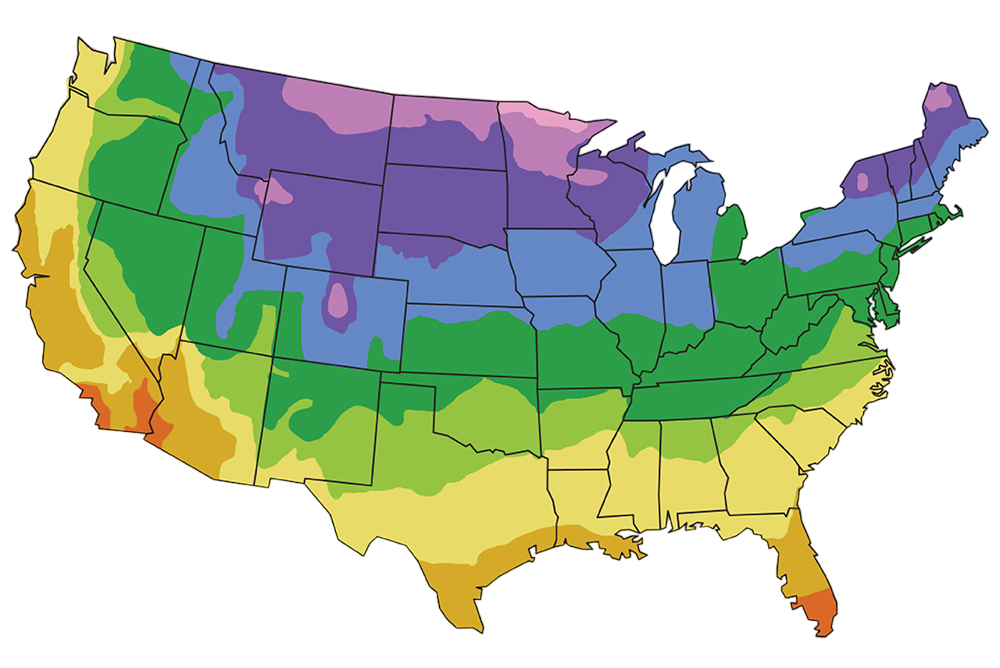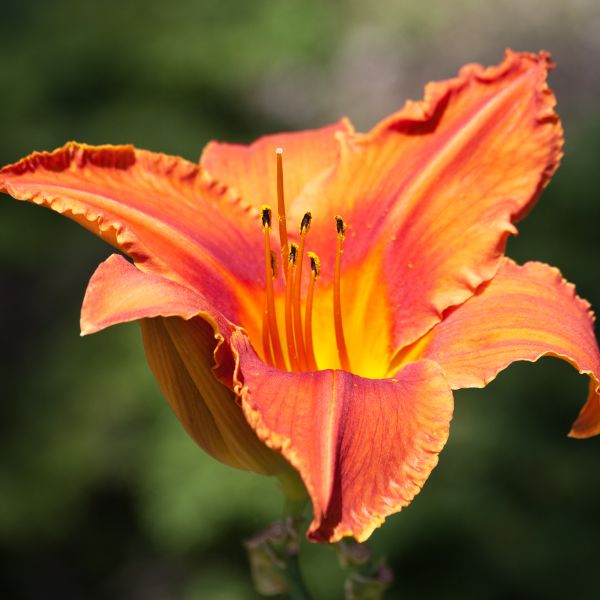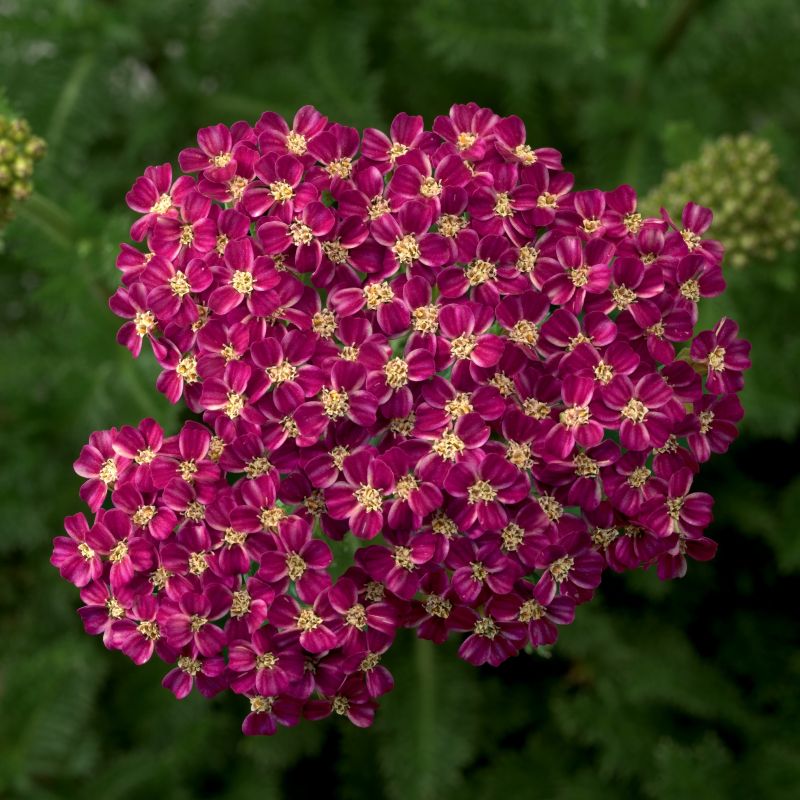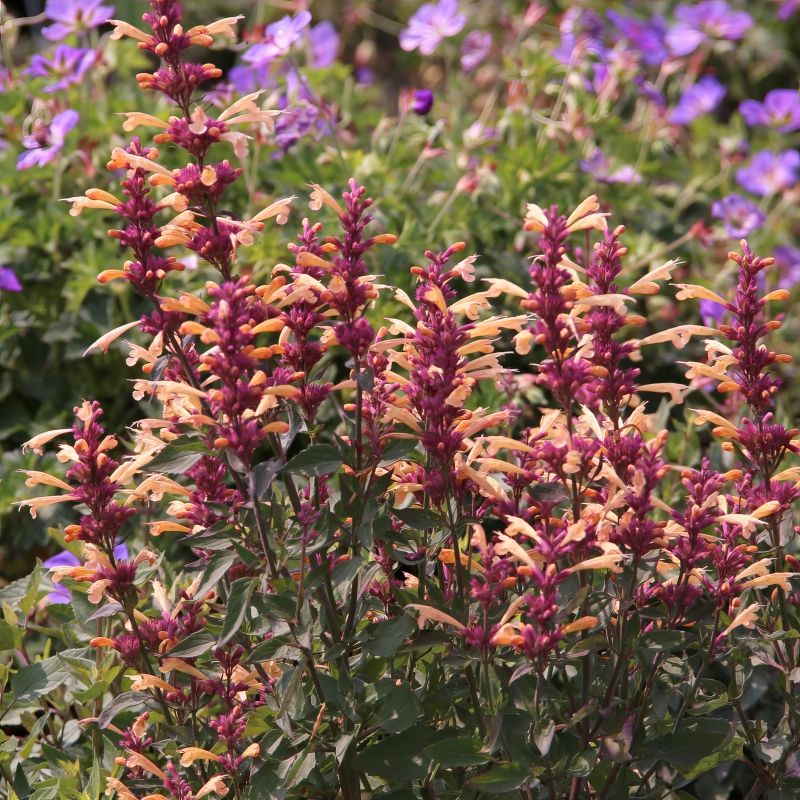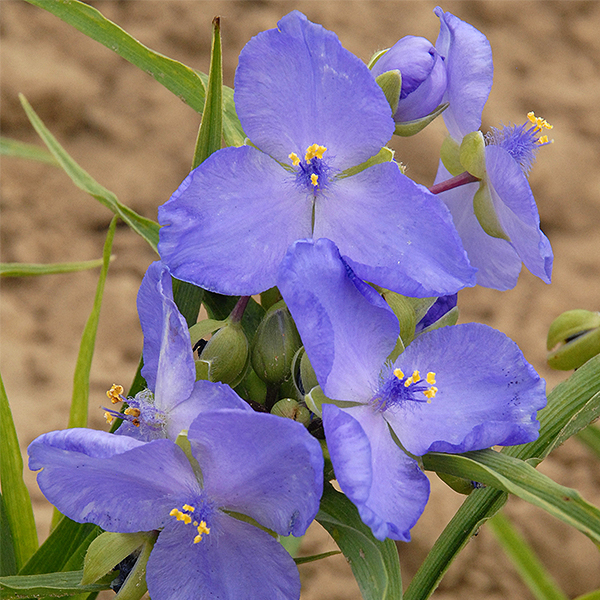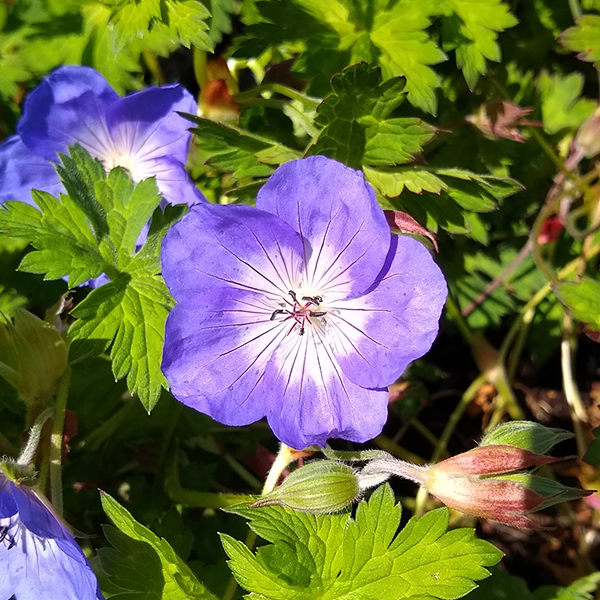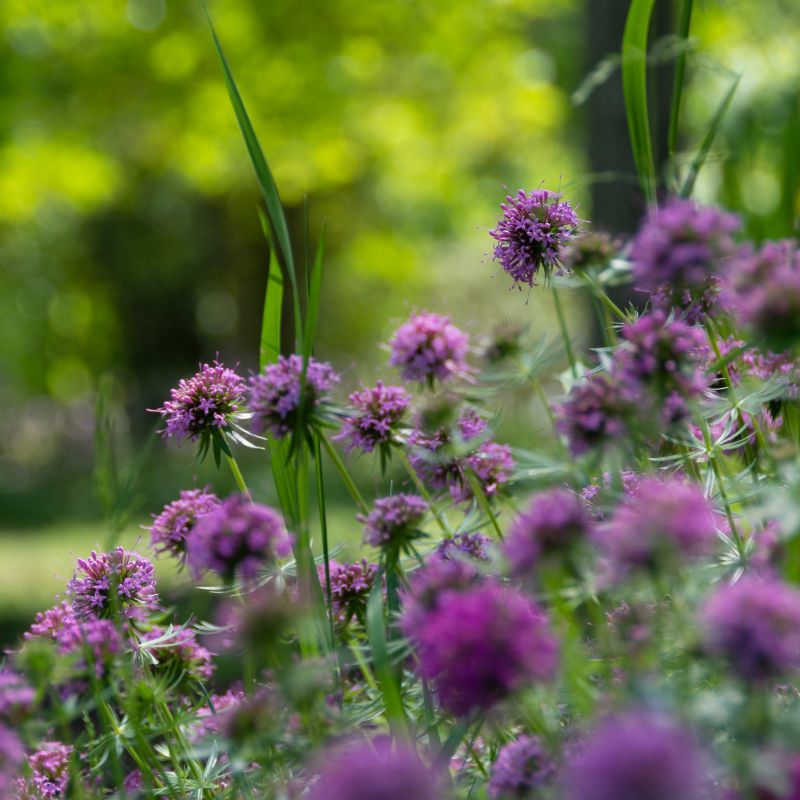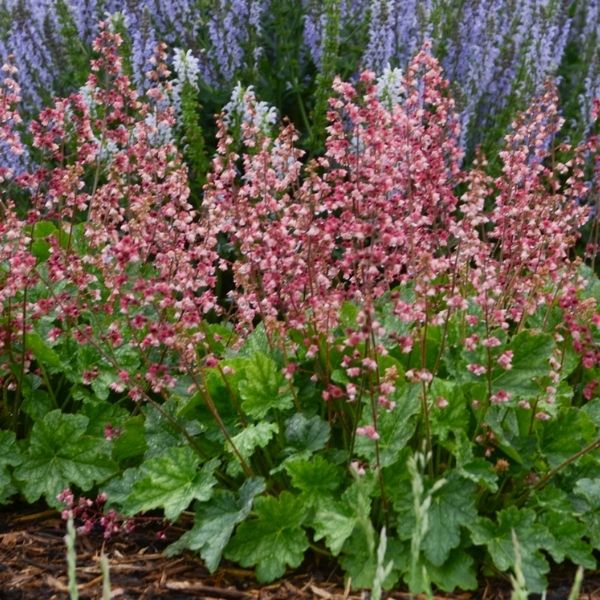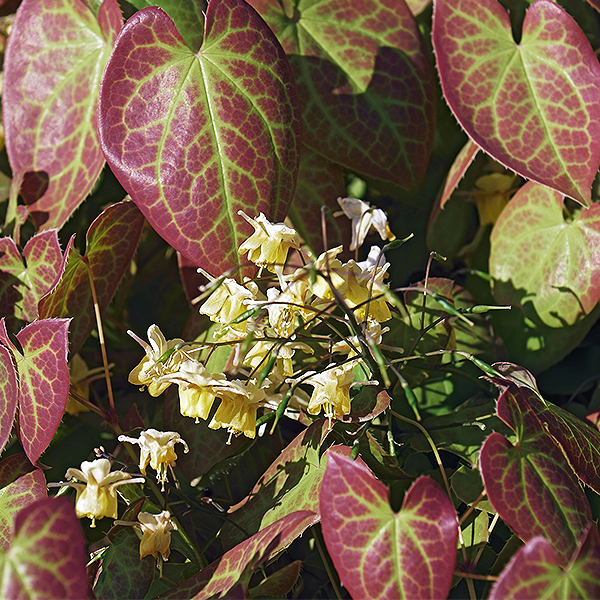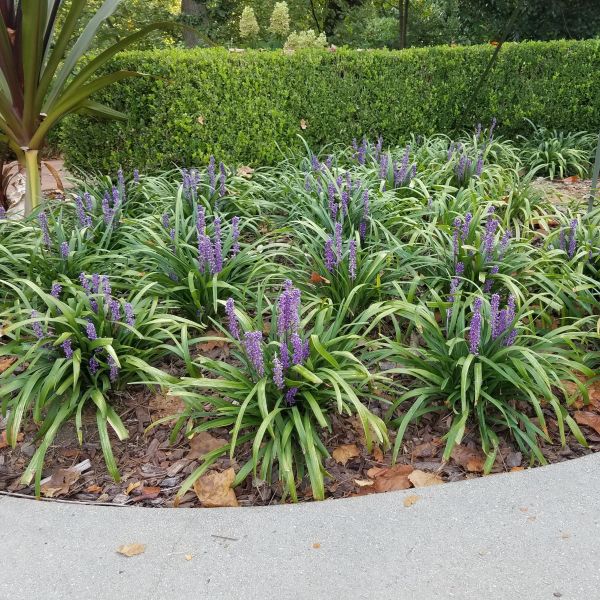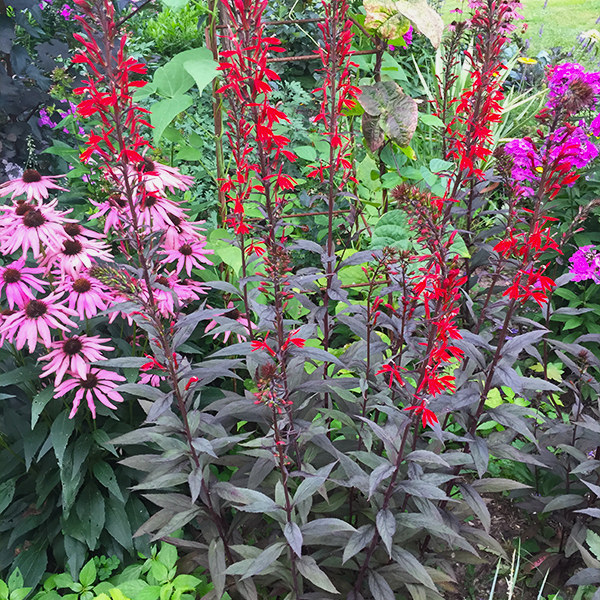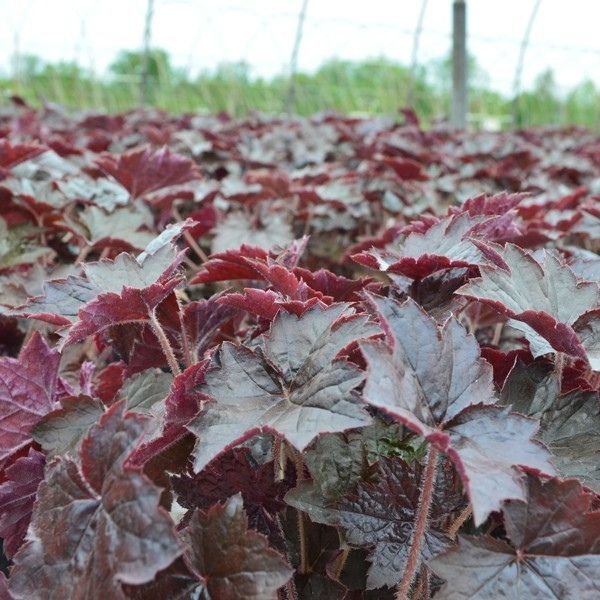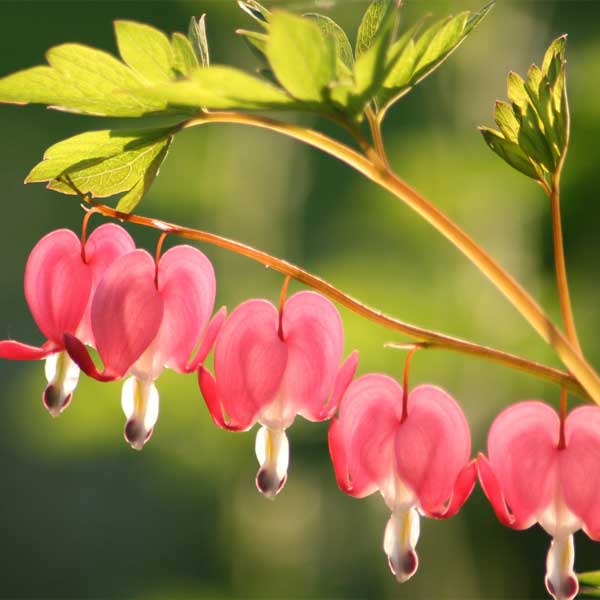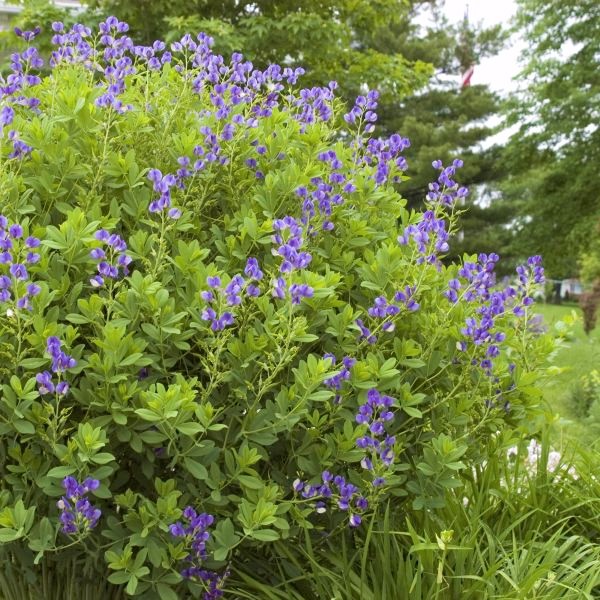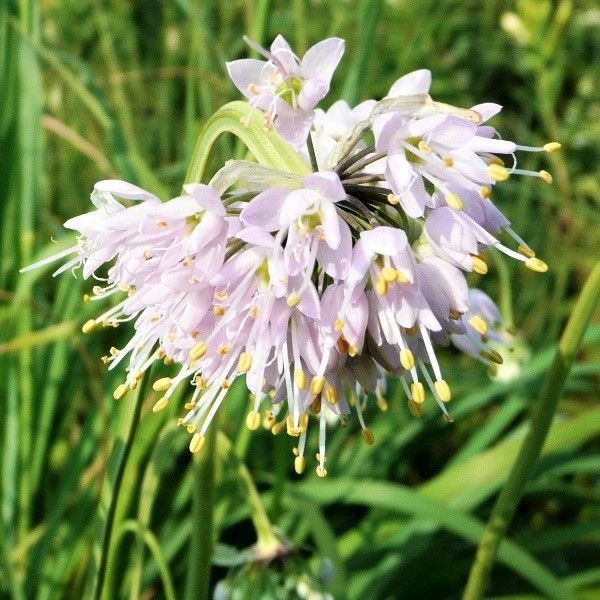

Nodding Onion
Allium cernuum
13 reviews
Nodding Onion
Allium cernuum
13 reviews
- Locally sourced and organic ingredients
- Extensive menu including vegetarian and gluten-free options
- Cozy atmosphere perfect for date nights or small gatherings
- Recommended by landscape designers for optimal fit in real yards
$35.00
$50.00
30% Off
- Ships to 43215 in 3 to 7 days
- Free Shipping Over $150
- Plant Arrival Guarantee
- In Stock
- Free Plant Consult
$200 - Landscape-Approved: Every Plant We Sell Comes With Design Expertise Behind It
- Premium 1 Gallon
- 1 Gallon
Not just beautiful - intentionally selected by ShrubHub's 3D landscape design team to fit real-world spaces and maximize yard potential.
Why Nodding Onion?
Nodding Onion (Allium cernuum) is a perennial wildflower native to North America. It produces clusters of delicate pink or white bell-shaped flowers that droop, giving it the appearance of nodding. This plant attracts pollinators such as bees and butterflies. Nodding Onion is also edible, with a mild onion flavor. It thrives in sunny, well-drained areas and is a beautiful addition to a garden or natural landscape.
People who loved this plant also bought
Sunlight
Nodding Onion thrives in full sun to partial shade, preferring at least 6-8 hours of sunlight per day. It tolerates some shade but may not flower as abundantly. Plant in a location with well-draining soil and ample sunlight for best results.
Watering
Nodding Onion is a low-maintenance plant that requires minimal watering once established. It is drought-tolerant and prefers dry to medium moisture levels in well-drained soil. Water sparingly, only during prolonged dry spells or when the soil is noticeabl
Fertilizing
Nodding Onion (Allium cernuum) generally does not have specific fertilizer requirements. However, incorporating organic matter into the soil before planting and top-dressing with a balanced fertilizer in early spring can help promote healthy growth and flo
Nodding Onion (Allium cernuum)
The Nodding Onion, also known as Allium cernuum, is a perennial wildflower that is native to North America. It is a member of the Allium genus, which includes onions, garlic, and leeks.
The Nodding Onion produces small, pink to lavender-colored flowers that bloom in clusters at the tops of slender stems. The flowers droop or "nod" downwards, giving this plant its name. The plant typically grows to a height of 1-2 feet and has long, narrow leaves that add a delicate touch to its appearance.
This wildflower is known for its attractive appearance, as well as its ability to attract pollinators such as bees, butterflies, and hummingbirds. It is also deer-resistant and drought-tolerant, making it a low-maintenance addition to any garden or landscape.
The Nodding Onion is often used in naturalistic or prairie-style gardens, as well as in rock gardens or meadows. It thrives in full sun to partial shade and well-drained soil, but can tolerate a wide range of soil types.
Overall, the Nodding Onion is a beautiful and versatile wildflower that can add color and interest to any outdoor space. Consider adding this native plant to your garden to attract pollinators and enjoy its unique nodding flowers.
Plant Information:
| Botanical Name: | Allium cernuum |
| USDA Zones: | 4 - 8 |
| Water: | Low Once Established |
| Exposure: | Full Sun |
| Soil Needs: | Well Drained |
| Mature Height: | 12 - 18 inches |
| Mature Spread: | 6 inches |
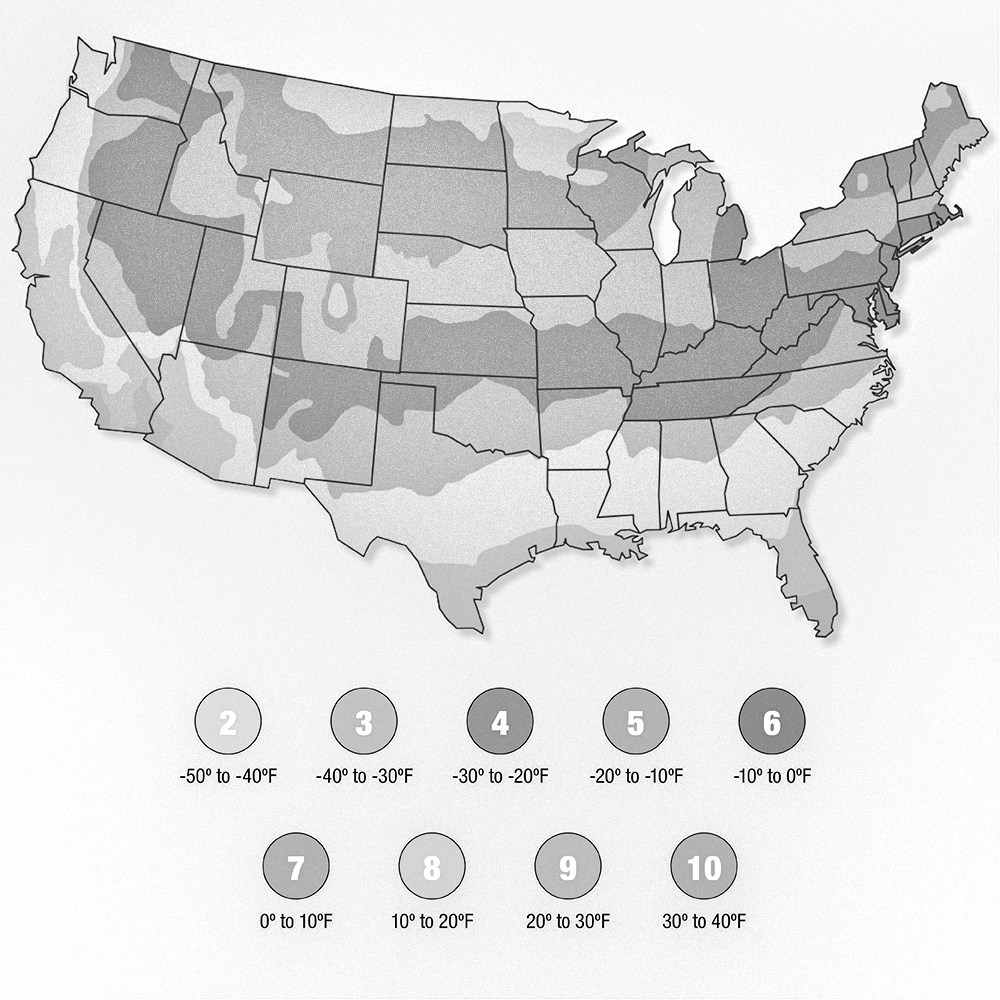
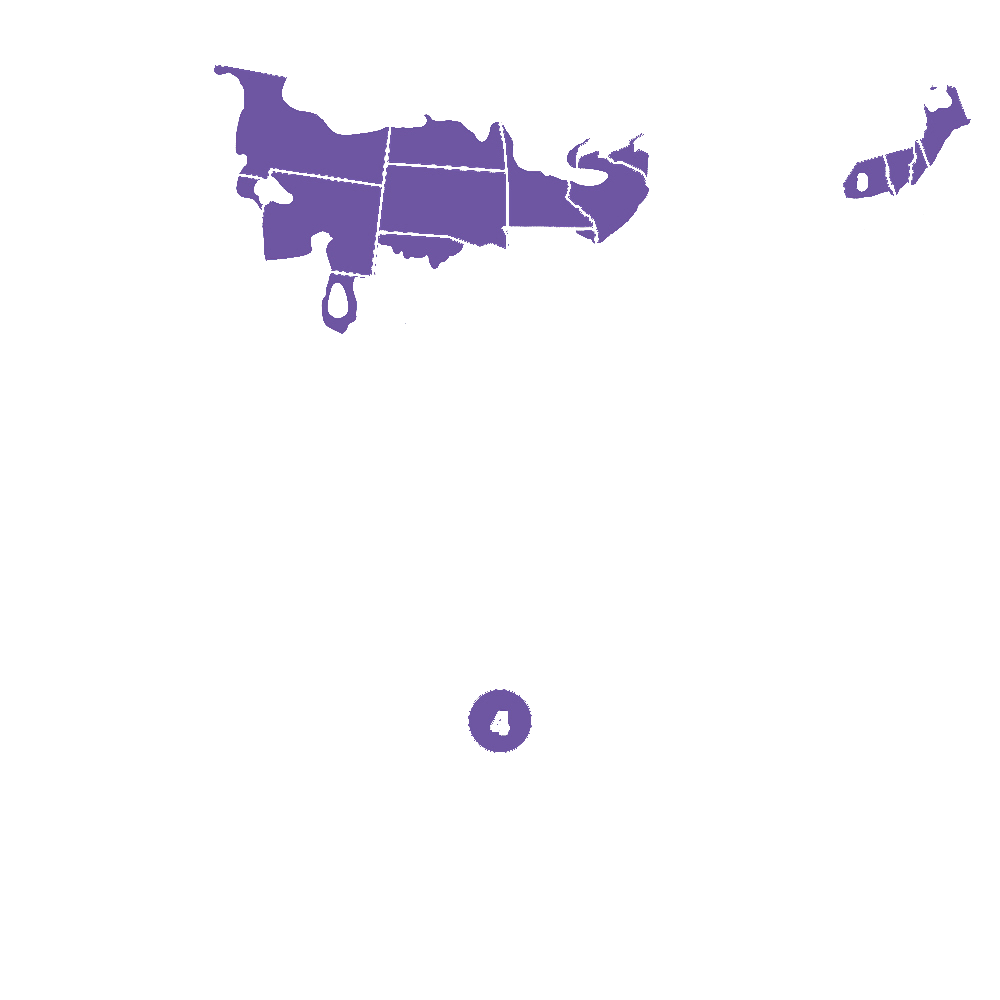
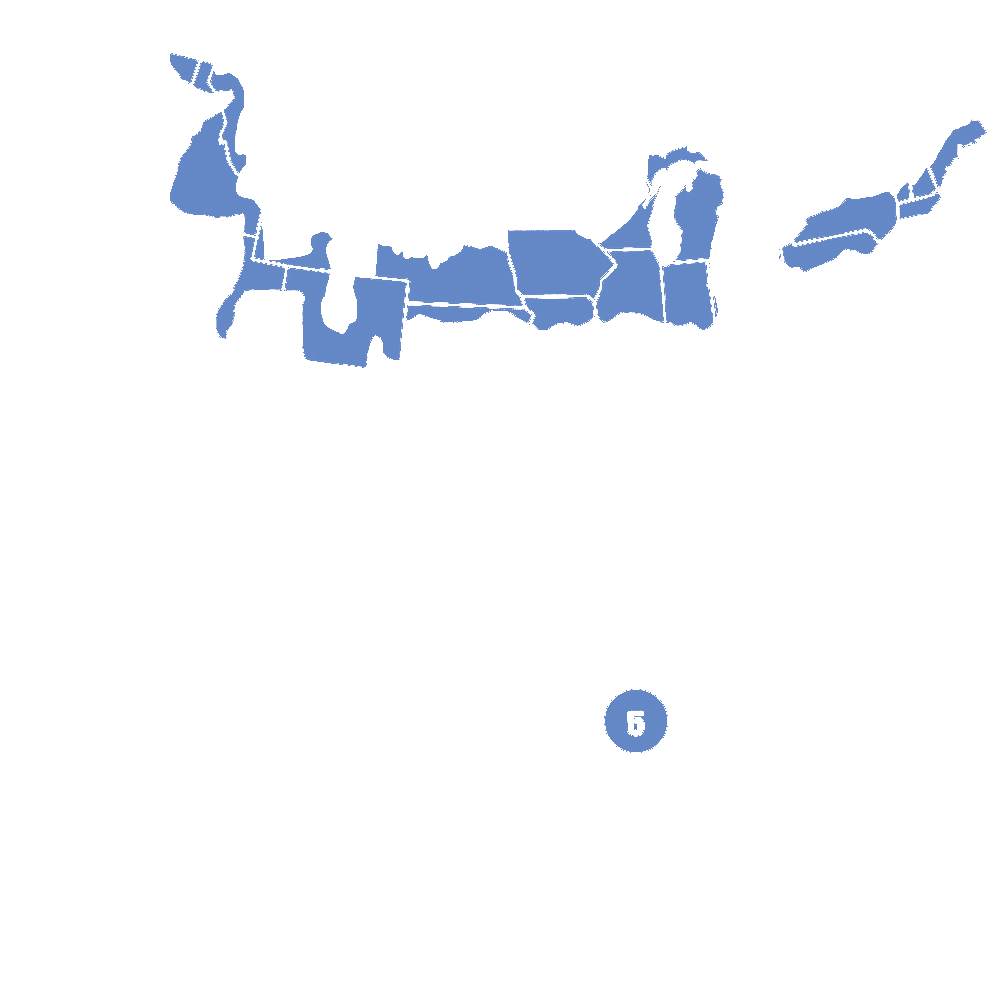
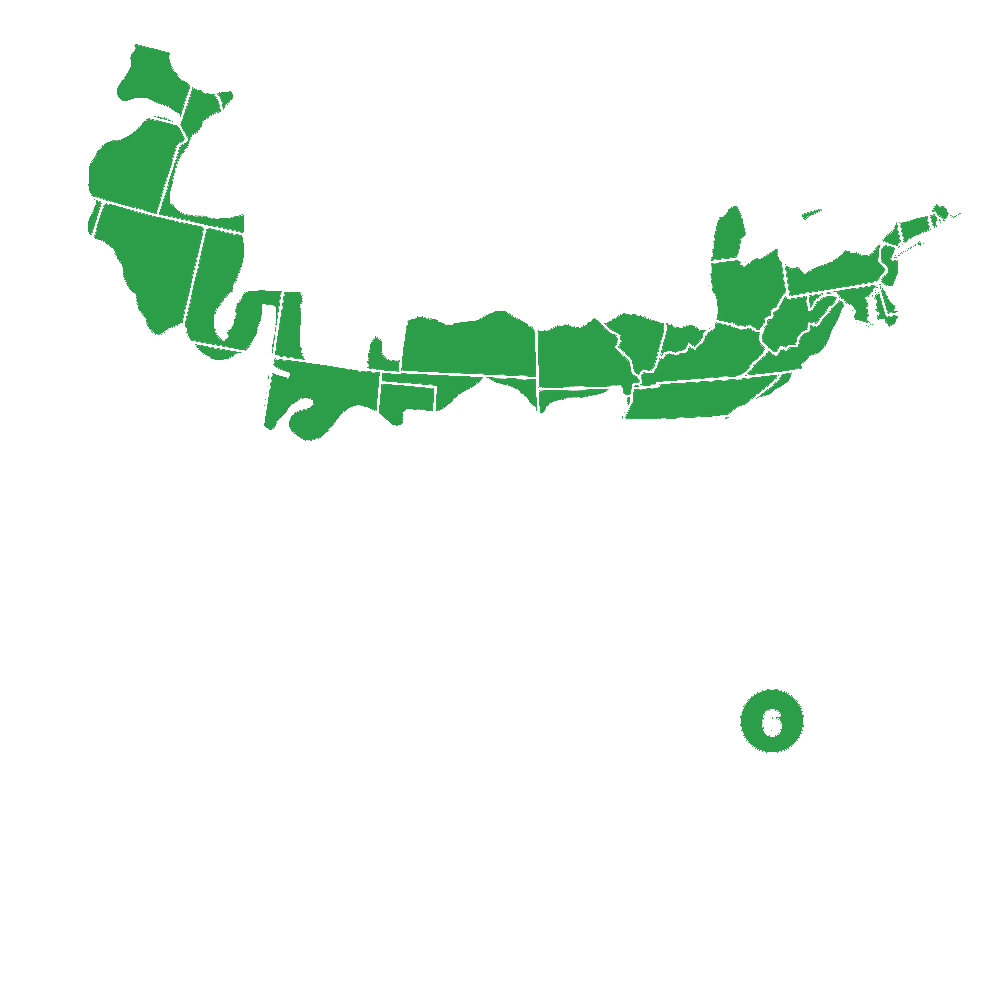
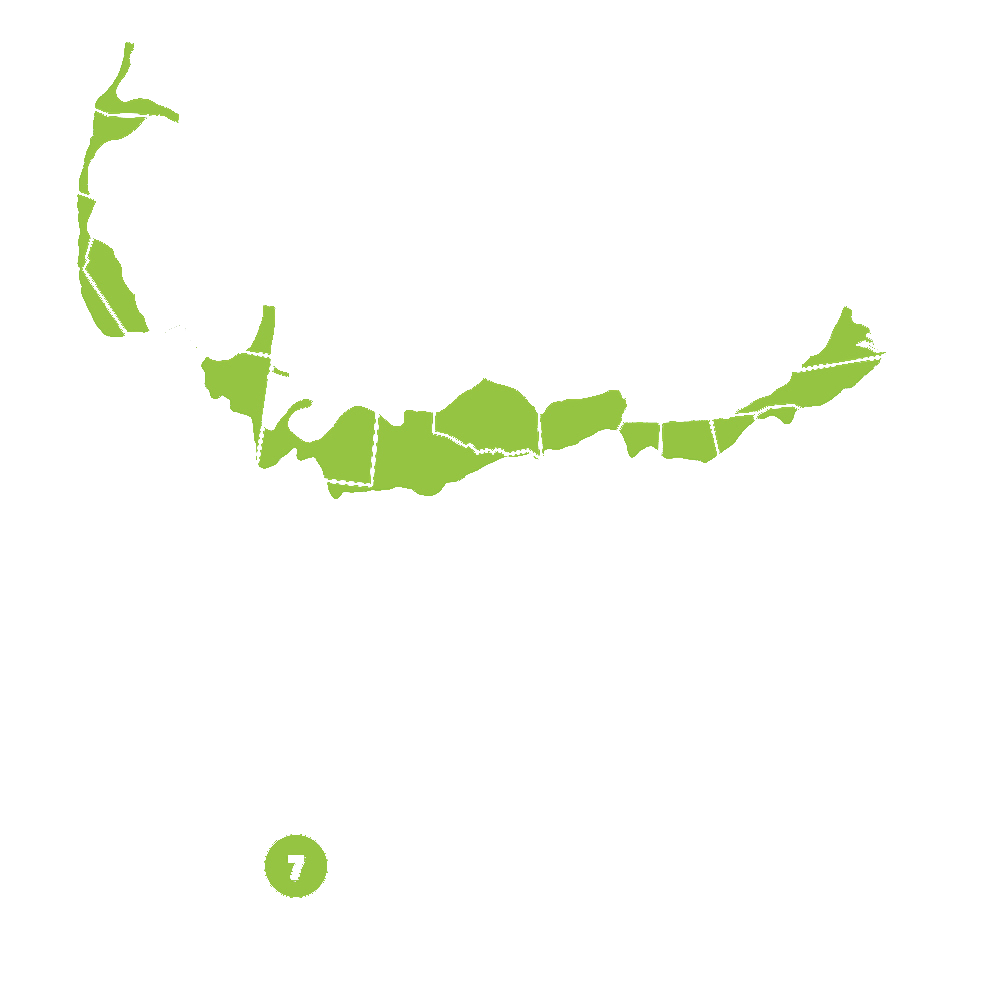

Pollination Info
Nodding Onion (Allium cernuum) Pollination Info
Nodding Onion is a native North American plant that relies on insects for pollination. It produces small, pink to lilac-colored flowers in loose, nodding clusters. These flowers are highly attractive to a variety of pollinators, including bees, butterflies, and flies.
The flowers of Nodding Onion are hermaphroditic, meaning they contain both male (stamens) and female (pistil) reproductive parts. Pollen is transferred from the stamens to the pistil either by the visiting insects or by the wind.
Bees, especially bumblebees, are the most common pollinators of Nodding Onion. As they collect nectar from the flowers, they inadvertently pick up pollen and transfer it to other flowers, facilitating cross-pollination.
Butterflies and flies also visit Nodding Onion flowers for nectar, and in doing so, they help in pollination as well.
Nodding Onion plants are an important food source for pollinators and contribute to the overall health of local ecosystems.
FAQ
Nodding Onion (Allium cernuum) FAQ
What is Nodding Onion?
Nodding Onion (Allium cernuum) is a flowering plant in the Allium genus that is native to North America. It is known for its clusters of pink to purple flowers that nod or droop at the top of a long stem.
How do I plant Nodding Onion?
Nodding Onion prefers well-drained soil and full sun to partial shade. Plant the bulbs in the fall about 3-4 inches deep and 4-6 inches apart. Water the plant regularly until established.
How do I care for Nodding Onion?
During the growing season, keep the soil evenly moist but not waterlogged. Deadhead the flowers to promote more blooms and remove any yellowing foliage. Divide the bulbs every few years to prevent overcrowding.
When does Nodding Onion bloom?
Nodding Onion typically blooms in late spring to early summer, producing clusters of nodding pink to purple flowers atop long stems. The flowers attract pollinators like bees and butterflies.
Is Nodding Onion edible?
Yes, Nodding Onion is edible and has a mild onion flavor. The leaves, flowers, and bulbs of the plant can be used in salads, soups, or as a garnish. However, some people may experience digestive issues when consuming large quantities.
Does Nodding Onion have any medicinal properties?
Some Native American tribes used Nodding Onion for its medicinal properties, such as treating colds, coughs, and gastrointestinal issues. However, it is important to consult a healthcare professional before using it for medicinal purposes.
Planting & Care
Planting and Care for Nodding Onion (Allium cernuum)
Nodding Onion, also known as Allium cernuum, is a native perennial plant that produces clusters of pinkish-purple flowers in the summer. Here are some tips for planting and caring for Nodding Onion in your garden:
Planting:
- Choose a sunny or partially shaded location with well-draining soil for planting Nodding Onion.
- Dig a hole that is twice the width of the plant's root ball and plant the Nodding Onion at the same depth it was growing in its container.
- Water the plant thoroughly after planting to help establish its roots.
Care:
- Water Nodding Onion regularly, especially during periods of dry weather. However, be careful not to overwater as this can cause the plant to rot.
- Apply a layer of mulch around the base of the plant to help retain moisture and prevent weeds from growing.
- Fertilize the plant with a balanced fertilizer in the spring to promote healthy growth and blooming.
- Deadhead the flowers to encourage the plant to produce more blooms and prevent it from self-seeding.
- Divide Nodding Onion every 3-4 years to help rejuvenate the plant and prevent overcrowding.
By following these planting and care tips, you can enjoy the beautiful blooms of Nodding Onion in your garden year after year.
Check Out These Verified Customer Reviews:
Customer Reviews
4.6 out of 5 based on 13 reviews
Thank you! Your review has been submitted.
Overall fantastic experience with Nodding Onion.
Excellent customer service, very responsive.
Great quality product, will buy again.
Item has been added to your cart.

